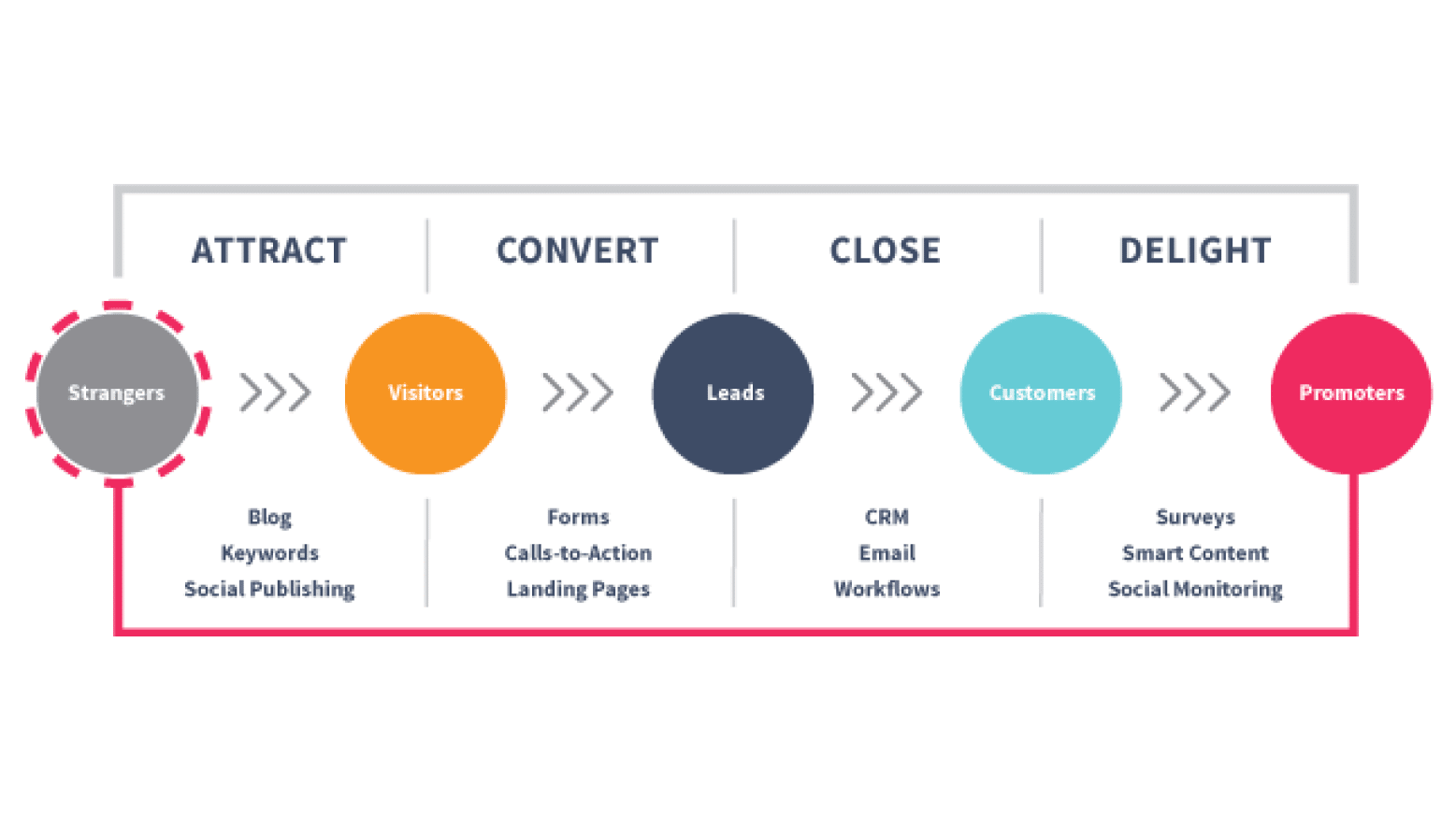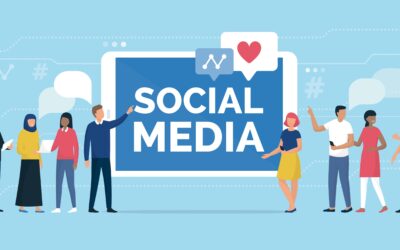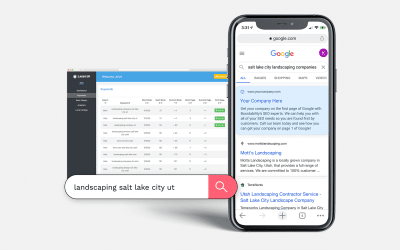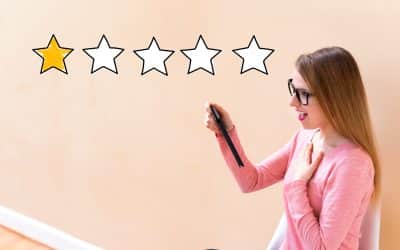In today’s digital world, customers have vastly changed how they shop for and buy new products and services. In fact, upwards of 70-percent of your potential clients have already thoroughly researched the Internet before they ever contact your sales department. If your inbound marketing strategy is not reaching your target market at the right time, you are missing lead generation opportunities and in turn, sales. Customers have created a demand for inbound marketing that you must fulfill to grow your business.
Be found when and where your customers need you with an effective inbound marketing strategy
An inbound marketing strategy that is properly executed will place your brand in front of your target audience with the right information tailored for the stage they are at in the buyer’s journey. Unlike traditional outbound marketing efforts that were intrusive and relied heavily on the number of impressions to draw in leads, inbound marketing is about creating a customer-centric experience that guides your visitors along the buyer’s journey. When done properly, the customer feels they have arrived at the best decision of their own accord and not that they were pushed into buying with a hard sell approach.
Inbound marketing maximizes your ROI
Based on the four stages of the buyer’s journey: attract, convert, close and delight, developing an inbound marketing strategy that will best suit your target audience and result in high conversions for lead generation is based upon the following premises:
- Creating your primary buyer persona with as much detail as possible. Who they are, where they spend their online time and their pain points.
- Appropriate and compelling content for each stage of the buyer’s journey. The content required for new traffic is significantly different from content you will rely on for lead generation during the conversion stage.
- Promoting your content on the right channels at times best-suited to your target audience. The best content in the world will not be useful if your potential customers do not see it and it will not achieve maximum success if your audience does not share it across their own platforms.
- Continuing to foster relationships even after the sale. Customers you have nurtured along the buyer’s journey and continued to delight once their purchase has been made become brand ambassadors for your business. Your happy customers will continue to promote your brand, maximizing your ROI.
Inbound marketing was created due to customer demand for new experiences when buying products and services. They no longer want intrusive marketing, they want content that is useful and addresses their needs. They want it to be found readily when they are looking and they want to be moved along the buyer’s journey in a manner that makes them feel they have full control. How does your business measure up?
As proud members of HubSpot, Lasso Up can develop and implement an inbound marketing strategy that will propel your business growth. Contact us and let’s talk about getting you growing.





